
India Beware Of Copycat Chinese Air Force
 Mon, 12 Dec 2022
| Reading Time: 5 minutes
Mon, 12 Dec 2022
| Reading Time: 5 minutes

In China, ‘Shanzhai’ today means imitation products that originally meant mountain stronghold. This word was originally associated with pirate factories producing duplicate products. Who knew one day, China would be copying and stealing just about everything and be known as a copycat nation.
Today, the copycat business has entered every aspect of Chinese life. Defence establishments stand out among them. The Chinese strategy is simple, 3 R’s:
- Replicate
- Reproduce
- Replace
China has no issue with other countries developing products and technology. Instead, they are happy that other countries have developed the technologies that they can steal or acquire at an appropriate time. This strategy of China saves them valuable time and money, which, if legitimately acquired, would cost them a bomb. China got benefitted by fooling Russian and stealing American defense blueprints regularly.
How Russia Got Fooled
As per the latest Pentagon report, the People’s Liberation Army Air Force (PLAAF) and the People’s Liberation Army Navy (PLAN) together constitute the most significant aviation force in the region. China has the third largest number of military aircraft worldwide, with over 2,800 total aircraft (trainers and UAVs not included). Approximately 2,250 of these aircraft are combat aircraft (fighters, strategic bombers, tactical bombers, multi-mission tactical, and attack aircraft). Almost 60 percent of these military aircraft are based on Russian designs.
China has duped Russia to the maximum. Under the garb of purchase, licensed production, and transfer of technology (ToT), China developed its military industry. Some of the cloned or stolen Russian designs and their Chinese clones are:
- MiG-17: J-5 (built over 1800)
- MiG-19: J-6 (4500+)
- MiG-21: J-7 (2400+, in service 387) & FC-1 (72 with Pakistan as JF-17)
- Su-15 & Mig-21: J-8 (400+, in service 96)
- Su-27: J-11 (315 including Su-27 & Su-30)
- Su-27 & Su-30: J-16 (240)
- Su-33: J-15 (50 with PLAN)
The American Heist
While copying the Russian designs, China realized that Russian technology was not keeping pace with military aviation advancements. Therefore, they shifted their attention to the West and especially the United States. Some of the stolen or copied American designs are:
- F-16/Lavi: J-10 (500+) & FC-1
- F-22 (and Russia’s now-defunct MiG 1.44): J-20 (200)
- F-35: J-31 (Prototype)
The Number Game
So from the foregoing, it is clear that China bought a few Russian jets but mostly copied the Russian designs. Russian engines’ performance has not been optimal, and electronic warfare and other systems also have vulnerabilities. China made copies of these aircraft, engines, and warfare suites. Therefore, the Chinese domestic jet copies are third-rate with troublesome engines.
Since the world is some time away from achieving fully autonomous aircraft, the man behind the machine still matters. China lacks in this department as much as it in the machine. As per the Chinese air force newspaper Kongjun Bao, PLAAF pilots are also found deficient in the area of combat tactics and skills. They lack the ability to adapt to rapidly changing battlefield conditions and remain dependent on the commander sitting on the ground for all of their tactical maneuvers. They fly about 100 hours yearly, which is way less than what other air forces fly.
The Indian Quandary
While the Chinese equipment and training may not be up to the mark, India cannot let its guard down. One such development is about India’s main fighter — Su-30MKI. According to Oryx’s online military website, Russia has lost 286 aircraft in the ongoing Ukraine conflict. Among them, there are eleven Su-30SM multirole fighters. Six of them were shot down by SAMs or during air combat. Su-30SM is the ‘Russified’ version of the Sukhoi Su-30MKI. The Indian Air Force (IAF) operates 262 Su-30MKI, making it the backbone of the fighting force.
Su-30MKI is the most capable variant among the Su-30 family. But even this variant comes with its unique challenges:
- Missile Approach Warning System (MAWS) – Status of Combat Aircraft Systems Development & Integration Centre (CASDIC) developed DC-MAWS not known
- High Band Jammer – Russian supplied SAP-518 unsuitable, interference with present radar warning receivers
- AL-31FP engines – High failure rate, not coping in the subcontinent weather
- Huge radar cross section (RCS)
- Spare parts problem that may get further aggravated due to extended conflict in Ukraine
- Beyond-visual-range-air-to-air missile (BVRAAM) – Su-30 with 80 km range R-77 missiles were outmaneuvered by Pakistani F-16 fitted with AMRAAM missiles during the Balakot strike. There is a lack of clarity on the induction of Astra Mk-1 (orders worth Rs 2971 crore placed), MICA & Meteor missiles.
- Upgrade to ‘Super-Sukhoi’ – Russian Sukhoi will receive an AL-41F-1S engine, integrated multi-channel communication, data exchange, navigation, and identification (OSNOD) system. No clarity on the Indian upgrade that is pending with HAL, and the matter lingers on.
On the other hand, India’s arch-rival China has the second-largest fleet of Flankers at about 300. The fleet includes 73 Su-30MKK and 24 J-11B attack aircraft, 43 Su-27SK and 95 J-11A fighters, 40 Su-27UBK trainers, and at least 24 J-15 with the PLAN (the number could have gone up with the induction of the latest aircraft carrier Fujian and domestically produced WS-10 engines replacing the Russian AL-31F engine).
With such a vast fleet and knowledge of the aircraft, they are well aware of the associated problems and how to exploit them. They also know that the Indian system takes years, if not decades, to implement simple solutions.
Time To Look For Solutions
India needs to fix the issues mentioned above on the double. HAL, entrusted with these upgrades, has to show some urgency. In the interim, IAF must take other steps to safeguard the nation.
I pointed out in my recent article — “China’s Invasion of Taiwan – Opportunity for India,” how IAF has the upper hand over China. However, that advantage is not a lifelong guarantee. The IAF maintains 35 fighter squadrons instead of the required 42, and this equation will not change for a few years. A quick fix to that problem would be the induction of low-cost armed drones in the Indian defence inventory.
India is also undertaking a Rs 10,000 crore upgrade with the acquisition of high-powered radars and around 20 low-level transportable Ashwini radars. The next question IAF has to answer is — ‘Are these radars capable of detecting drones, and how is IAF planning to protect the 3,500 km long India-China border from this emerging but specific threat?’
The best weapon in Indian armor is the vast range of Indian missiles, some inducted and some under trial:
- Agni-I (SRBM) 700-1200 km
- Agni-II (MRBM) 2000-3500 km
- Agni-III (IRBM) 3000-5000 km
- Agni-IV (IRBM) 3500-4000 km
- Agni-V (ICBM) 5000-8000 km
- Agni Prime (Canisterised MRBM) 2000 km
- BrahMos (Cruise) 300-500 km
- Dhanush (SRBM) 250-400 km
- Nirbhay (Cruise) 800-1000 km
- Prahar (SRBM) 150 km
- Prithi-II (SRBM) 350 km
- Shaurya (Canisterised Hypersonic) 700-1000 km
Just like the U.S. is creating a wall of missiles in the Pacific to deal with China, India should strengthen the wall of missiles along the Himalayas. Such a vast range and variety of missiles should make any enemy think twice before making any foolish move.
From Copycat To Regional Dominance
Well, we may laugh off PLAAF as a C-grade Air Force, but their progress has been impressive, and the numbers are astounding. In many aspects, their J-10C and J-20 fighters stand out, at least on paper, since the aircraft is yet to prove itself in any war. Even if the quality doesn’t match up to the Chinese propaganda, just the overwhelming numbers make up for quality, giving them regional dominance.
China is desperate to bring changes to its poor training standards. Recent exposé that PLAAF has hired American, British, French, Australian, and other NATO fighter pilots to train their pilots further confirms their training deficiencies. China is leaving no stone unturned to bridge that gap.
It is amply clear that just like any nation, India and its enemies have both advantages and disadvantages in their systems and equipment. Now it is up to India how it takes advantage of the enemy’s vulnerabilities while overcoming its own. If one should not underestimate the enemy, one should not overestimate the enemy’s propaganda either. The enemy is known, the vulnerabilities are known, and as Dwight D. Eisenhower said — “In preparing for battle, I have always found that plans are useless, but planning is indispensable.”
*************
References:
- military-today.com
- globalsecurity.org
- popularmechanics.com
- defensenews.com
- rand.org
- oryxspioenkop.com
- aviacionline.com
*****************
Disclaimer
The opinions expressed in this article are the author’s own and do not reflect the views of Chanakya Forum. All information provided in this article including timeliness, completeness, accuracy, suitability or validity of information referenced therein, is the sole responsibility of the author. www.chanakyaforum.com does not assume any responsibility for the same.
Chanakya Forum is now on . Click here to join our channel (@ChanakyaForum) and stay updated with the latest headlines and articles.
Important
We work round the clock to bring you the finest articles and updates from around the world. There is a team that works tirelessly to ensure that you have a seamless reading experience. But all this costs money. Please support us so that we keep doing what we do best. Happy Reading
Support Us





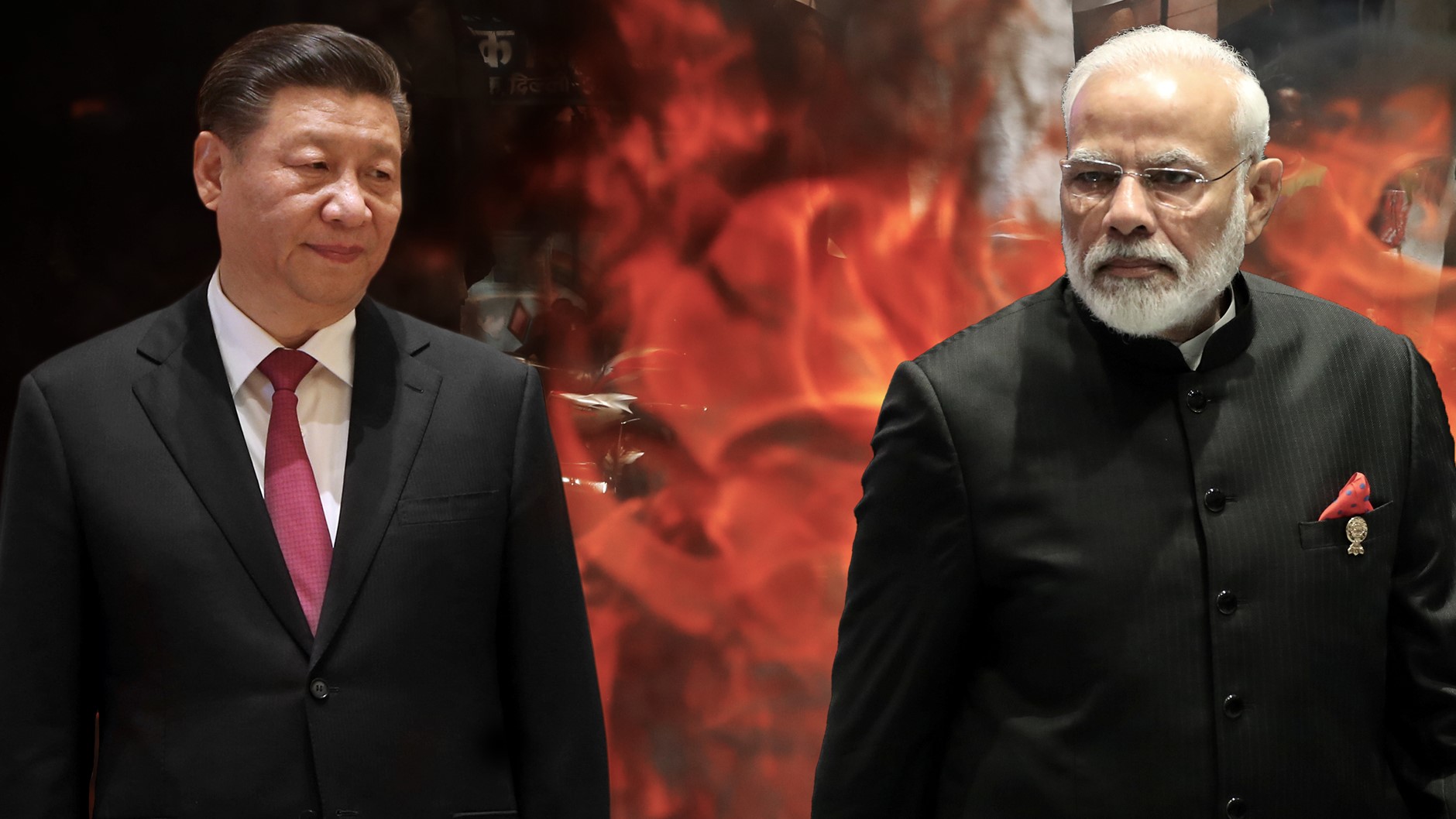
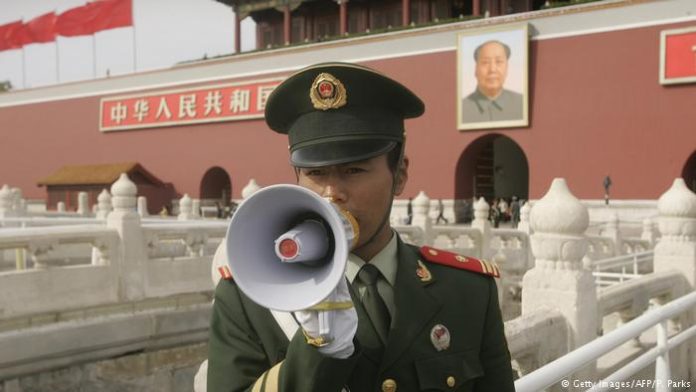
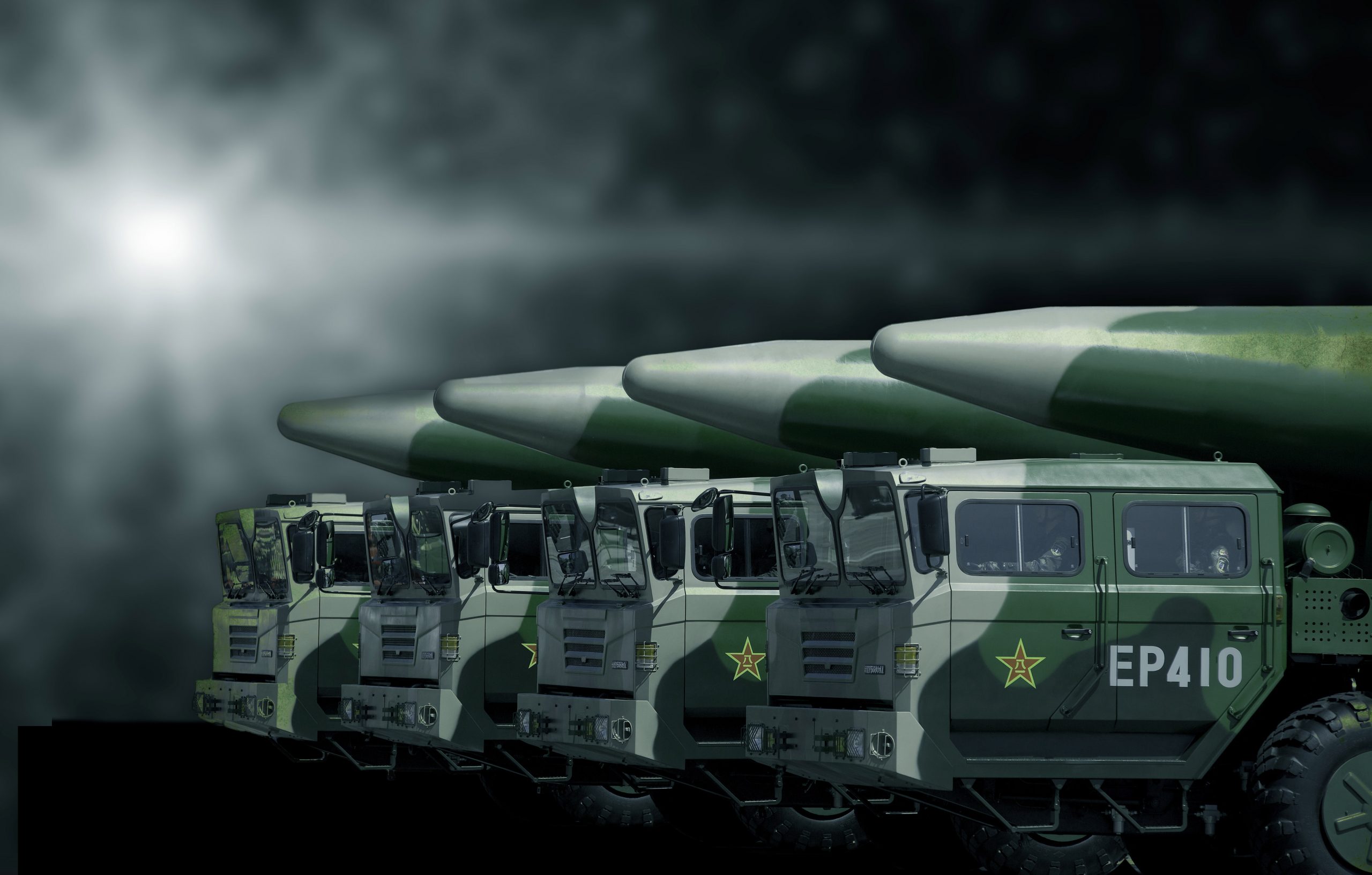

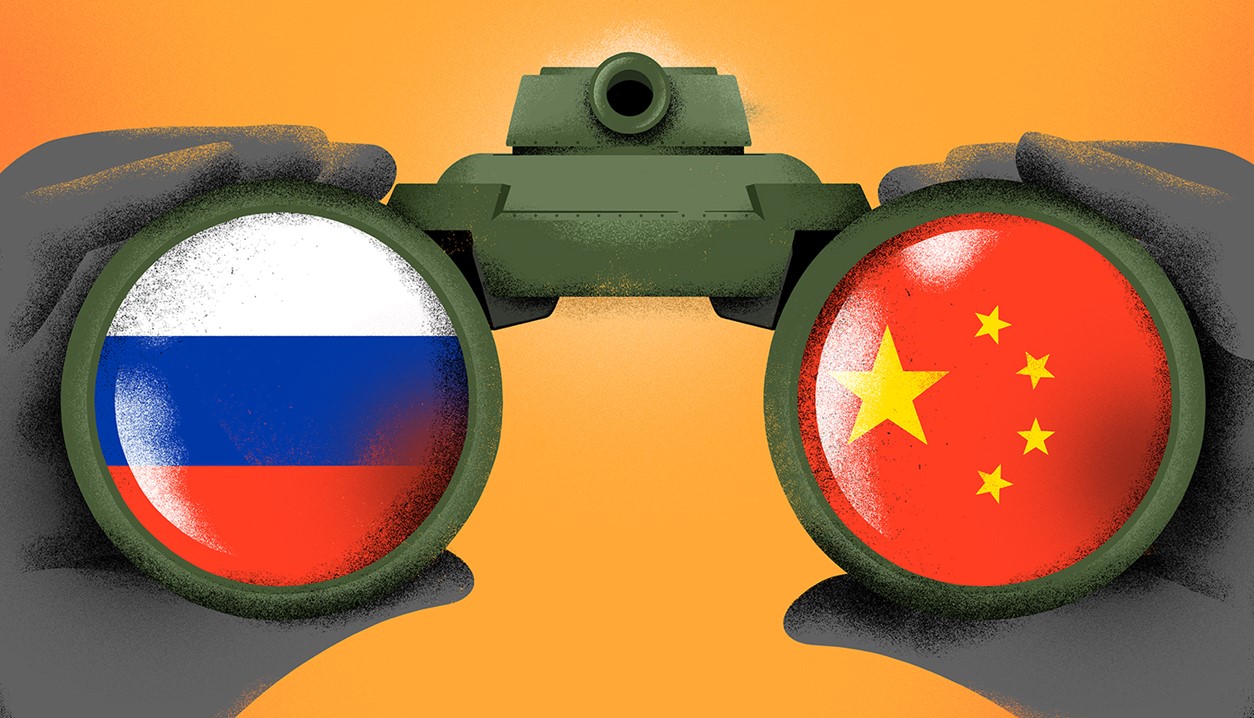

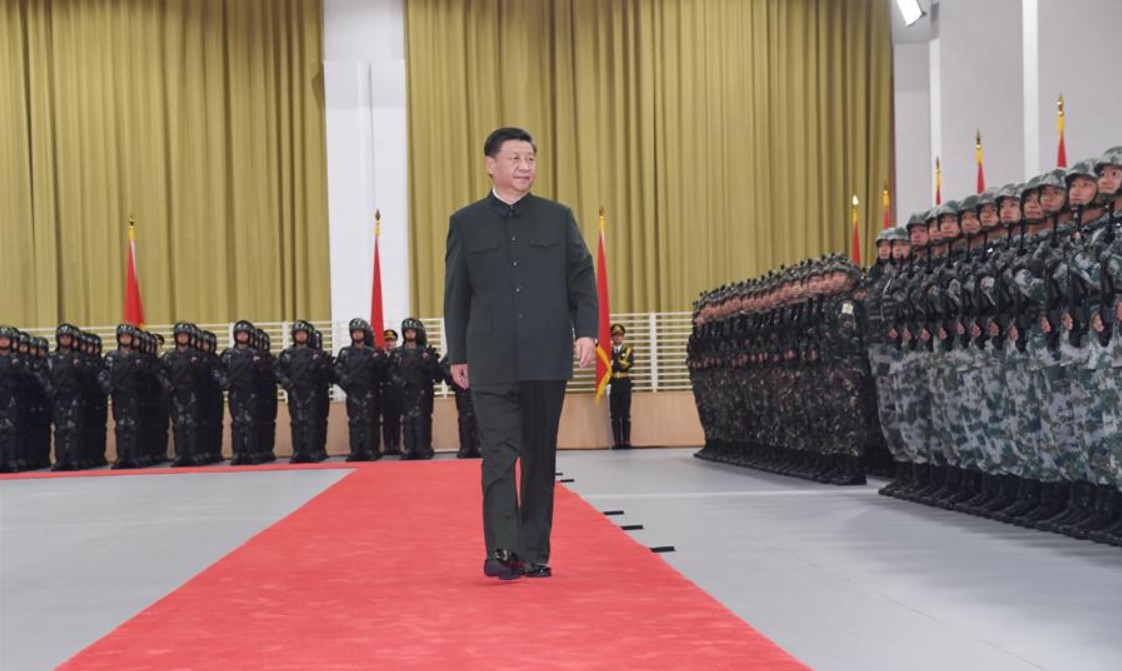
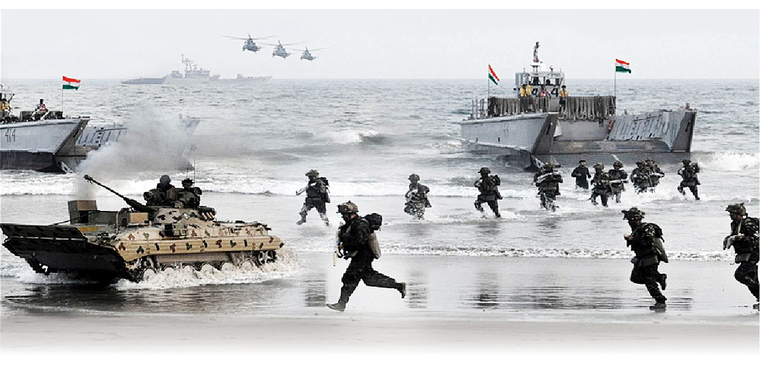

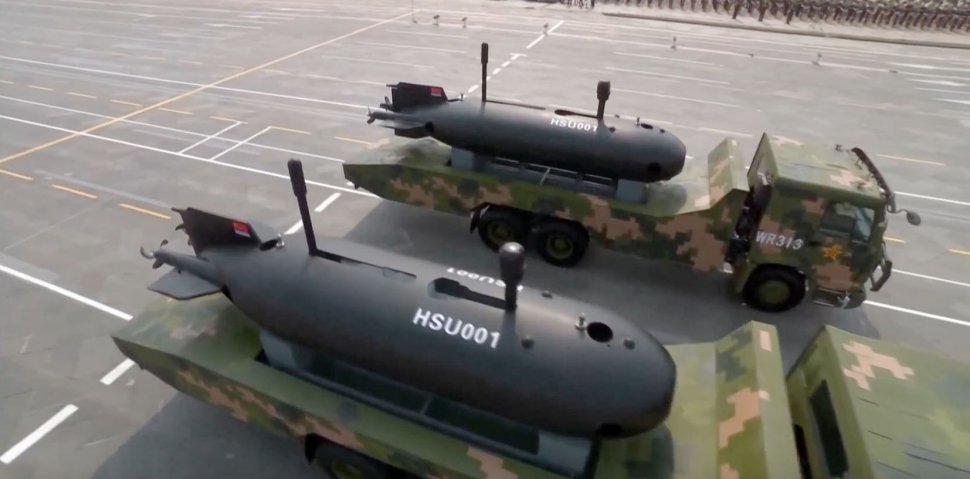






POST COMMENTS (16)
Kiran Prasad
Debashis Deb
Ravi
Cdr Deepak Singh Retd
Deovrat Pagay
Narendar
GP Singh
Raman
Rajiv Gaur
Cdr NK Kulkarni
Wendell Bruges
VS Chandrawat
Cdr. (Retd.) Dipak D Naik
Gp Capt TR Ravi VM (Ret'd)
Gp Capt Subramaniam retd
Ravinder Singh kahlon